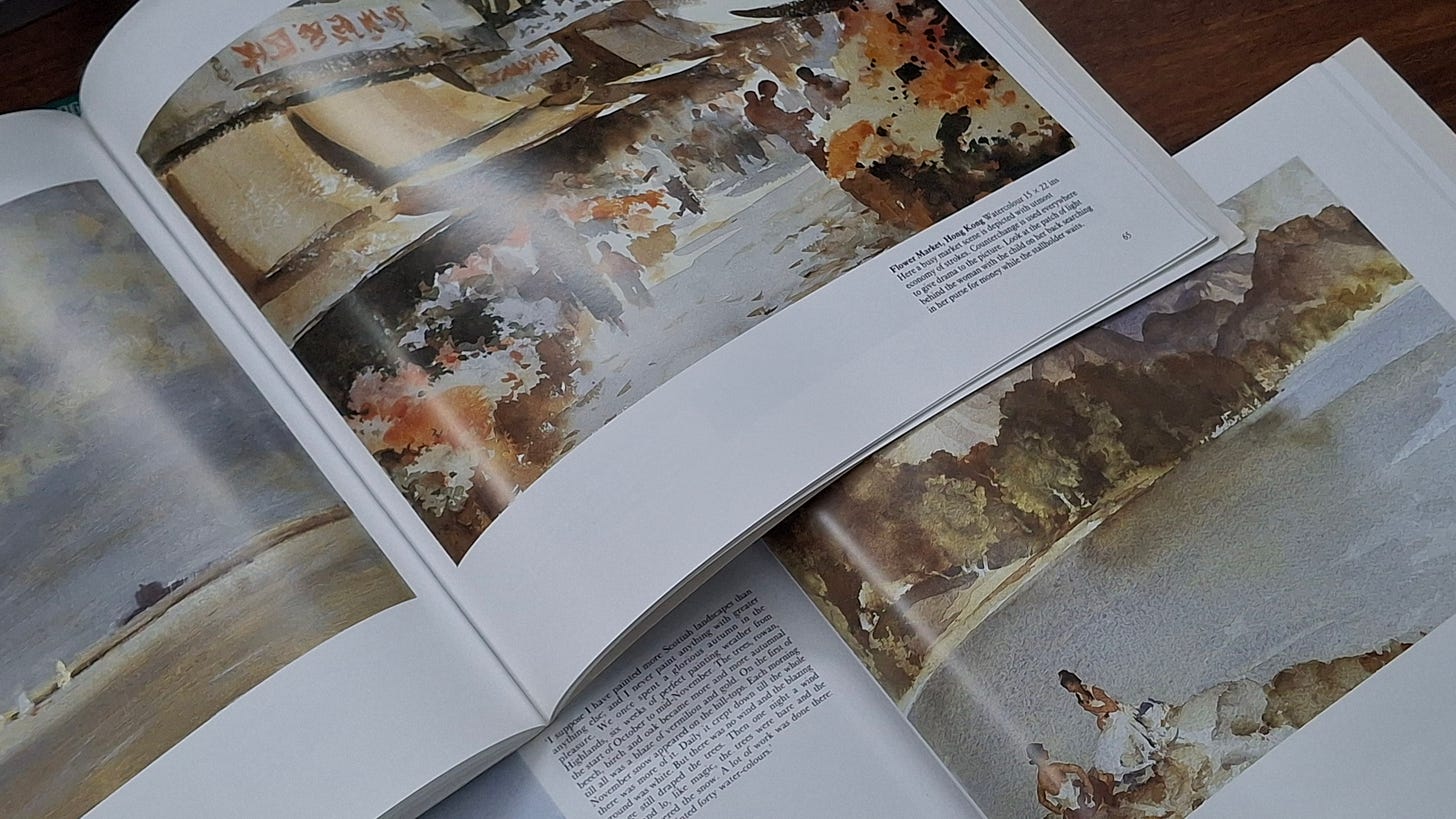Studying the Masters: Lessons from Famous Watercolour Artists
Unlock the Secrets of Timeless Watercolour Art by Learning from the Legends
Introduction: Why Study the Masters?
Every great artist has stood on the shoulders of those who came before them. The same holds true for watercolour. When we study the work and wisdom of master artists, we gain more than inspiration—we receive practical tools, time-tested techniques, and priceless insights that can accelerate our growth as painters.
Studying the masters isn’t about copying; it’s about observing, absorbing, and evolving. Their brushwork, composition choices, palette selections, and approach to light and emotion can all shape the way we see and paint.
In this post, we’ll explore the key lessons from some of the most iconic watercolour artists—past and present—and how you can bring those insights into your own creative journey.
1. John Singer Sargent – The Master of Spontaneity and Fluidity
🖌 Key Lessons:
Paint with boldness and confidence
Use large, loaded brushes for expressive washes
Let the water do the work—embrace spontaneity
Simplify details but maintain strong value structure
Sargent’s watercolours dance with light and movement. His works teach us to loosen up, to trust the flow, and to create with controlled freedom.
2. J.M.W. Turner – Atmosphere, Light, and the Power of Suggestion
🖌 Key Lessons:
Capture light, not detail
Use colour temperature and soft edges to create depth
Layer with glazes to build ethereal mood
Express emotion through atmosphere
Turner’s luminous skies and diffused landscapes show us that what’s left unsaid in a painting is just as important as what’s painted.
3. Joseph Zbukvic – Master of Mood and Urban Watercolour
🖌 Key Lessons:
Create a value hierarchy—start with the biggest shapes
Keep lights clean by preserving white space
Use a limited colour palette for unity
Blend soft and hard edges for depth and contrast
Zbukvic’s urban scenes glow with morning mist and quiet poetry. He teaches us the art of orchestration—knowing when to speak loudly and when to whisper on paper.
4. Alvaro Castagnet – Energy, Contrast, and Passionate Expression
🖌 Key Lessons:
Focus on big shapes and movement
Use bold values and strong colour contrasts
Paint with confidence—every brushstroke has intent
Work quickly and decisively
Alvaro’s works teach us to paint with emotion, rhythm, and personality. His expressive style reminds us to bring our inner energy into our art.
5. Chien Chung-Wei – Precision, Composition, and Elegant Detail
🖌 Key Lessons:
Master line and structure
Focus on architectural and perspective accuracy
Combine classical techniques with modern flair
Layer values for depth, not just detail
Chien Chung-Wei brings together the discipline of the old masters and the freshness of the modern era—teaching us that harmony lies in balance.
6. Anders Zorn – Limited Palette and Tonal Mastery
🖌 Key Lessons:
Use a limited palette (Zorn famously used only four pigments!)
Develop tonal value sensitivity
Let warm and cool contrasts carry the painting
Simplify forms and enhance edges strategically
Zorn proves that even with minimal colour, you can achieve breathtaking richness and harmony.
7. What to Observe When Studying a Master’s Work
✅ Their value structure (light, mid, dark tones)
✅ Brushwork—loose, tight, calligraphic, or suggestive
✅ Colour harmony—limited or expressive?
✅ Use of white space and edge control
✅ Composition—how do they arrange elements for balance?
✅ Subject choice—what themes keep recurring and why?
💡 Approach their paintings like a detective—not just admiring the beauty, but investigating the how and why.
8. How to Study and Practice
🎯 Copy their work (for study only) – Recreate a master painting to understand their approach
🎯 Break down their painting into value studies, colour studies, and composition sketches
🎯 Create your own painting using their style as inspiration
🎯 Keep a “Master Study Journal” where you record insights, notes, and sketches
💡 You’ll absorb technique naturally as you apply their principles in your own subjects and style.
9. Develop Your Unique Style Through the Masters
Learning from the masters is not about imitation—it’s about absorbing the essence, refining your eye, and strengthening your voice.
✔ You discover your preferences
✔ You sharpen your skills
✔ You gain artistic confidence
✔ You honour tradition while carving your own path
🎨 Eventually, your brush will carry whispers of Sargent’s fluidity, Zbukvic’s atmosphere, and your own soul's signature.
Final Thoughts: Walk with the Masters, Then Run Freely
Studying the greats is like walking through a living museum—except the brush is in your hand. The more you learn from them, the more your artistic instincts strengthen.
And slowly, you begin to speak with your own voice—a voice built on wisdom, passion, and dedicated practice.
So, pick a master. Study one painting. Ask, “What makes this work sing?” Then bring that insight to your next piece—and feel the transformation.
🎨 Call to Action: Join My Watercolour Mastery Community!
Want to study the masters in-depth and apply their techniques with modern guidance?
Join my Watercolour Mastery Community, where we explore:
✅ Techniques used by great artists
✅ Step-by-step demonstrations
✅ Inspiration-based challenges
✅ Personalized feedback and community support
📩 Subscribe to my blog today for expert lessons, guidance, and updates on my exclusive training programs.
✨ Let’s walk with the masters and create with heart—one brushstroke at a time. 🎨📚







